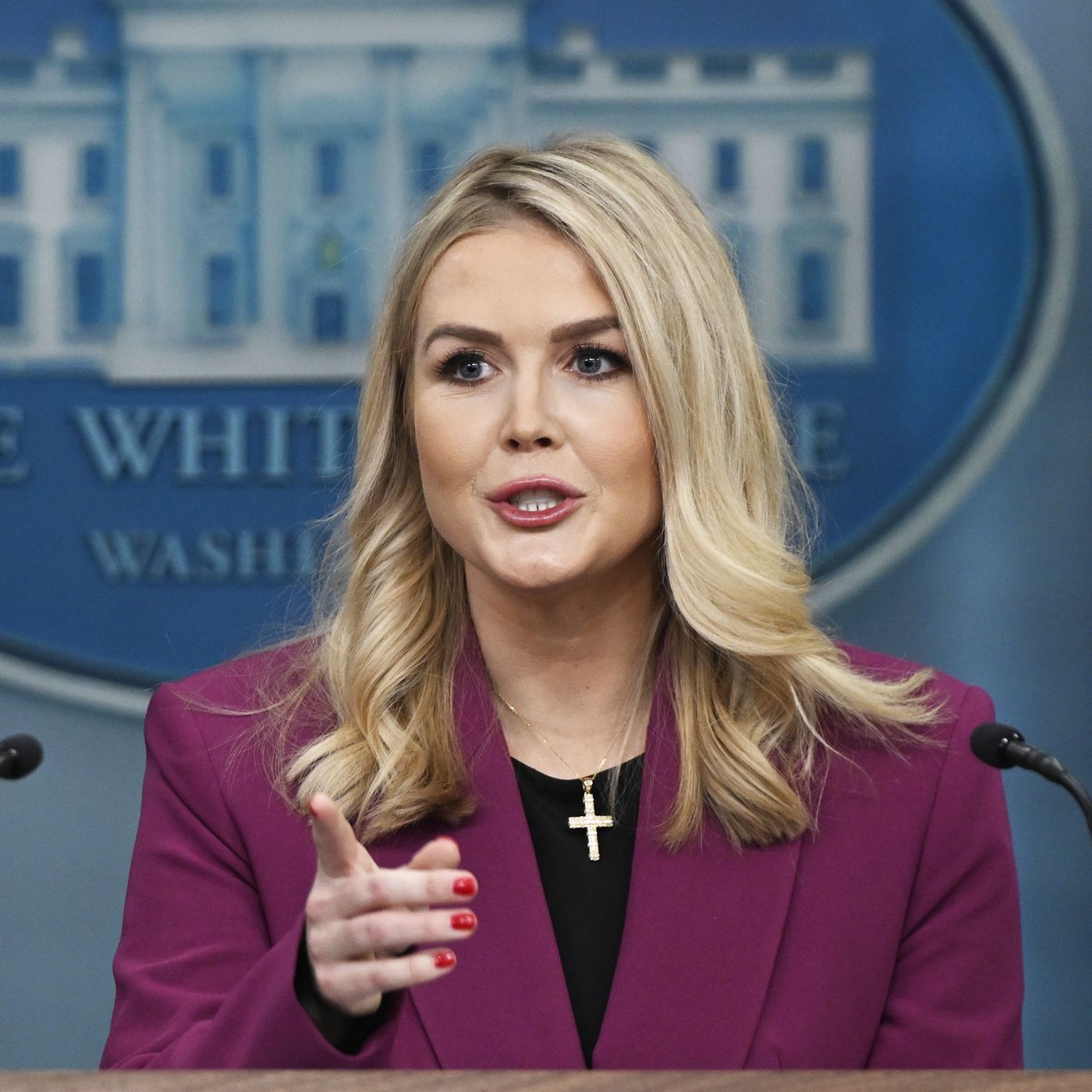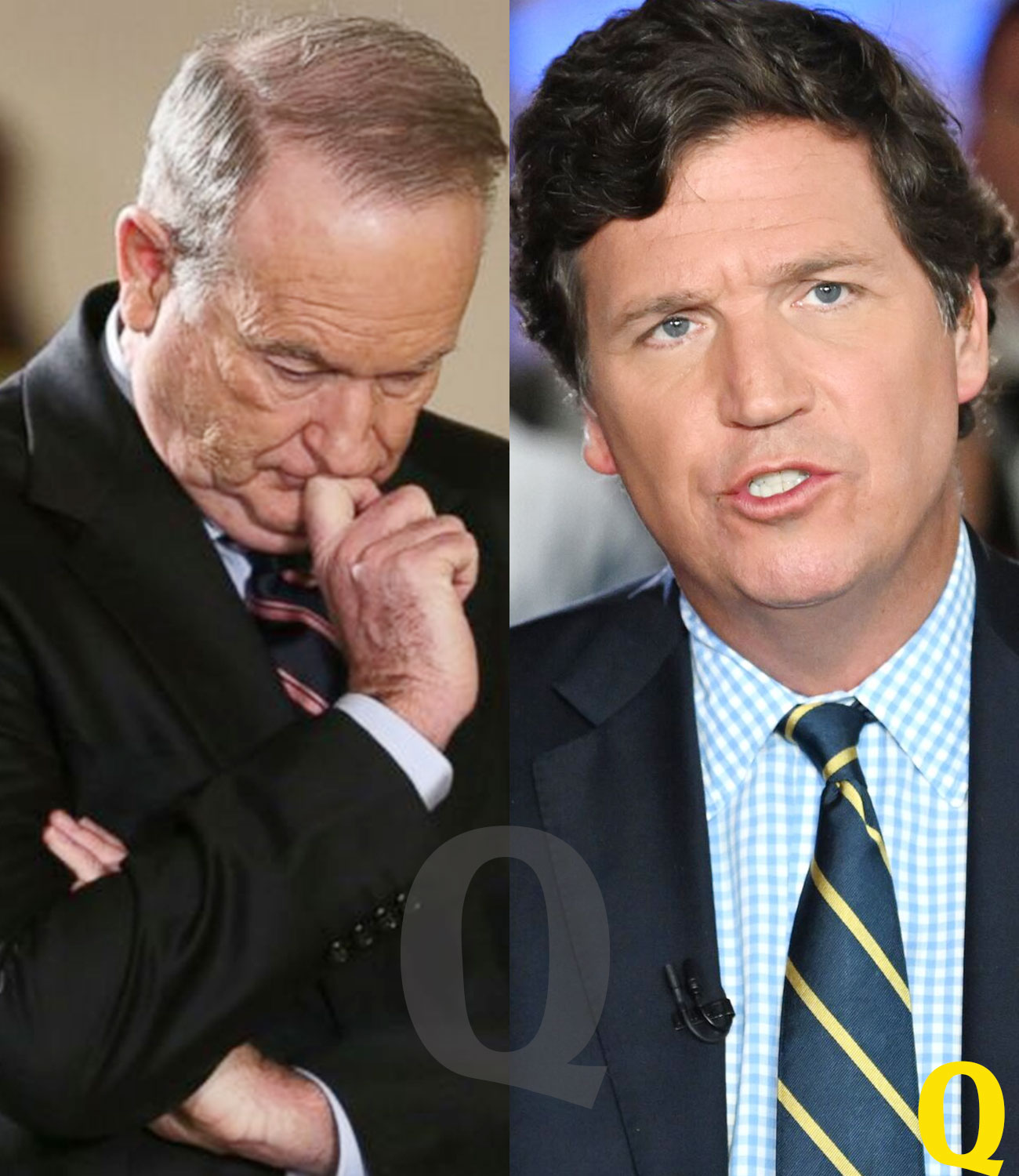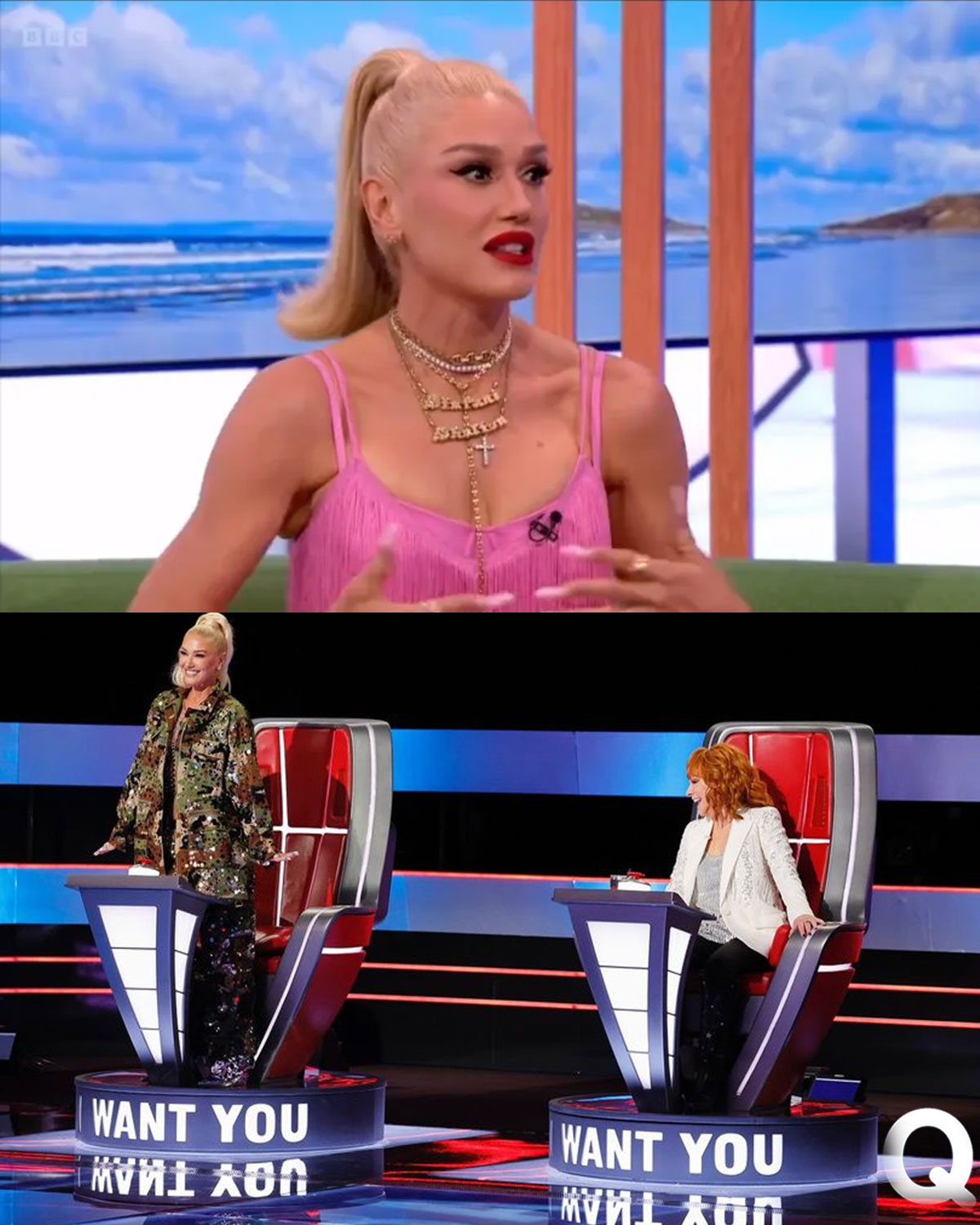The Evolving Landscape of Media Credentials: A Clash of Perspectives**
In an era where the lines between traditional journalism and new media are increasingly blurred, the recent announcement by White House Press Secretary Caroline Levit regarding the credentialing of New Media applicants has ignited a fiery debate. Levit’s statement that her team will review applications and grant credentials to those who meet specific criteria, including past United States Secret Service requirements, has raised eyebrows and sparked discussions about the future of media access to the White House.
The New Media Paradigm

The term “New Media” encompasses a wide range of platforms, including podcasts, blogs, and social media channels, which have gained significant traction in recent years. Unlike traditional media outlets, which often adhere to established journalistic standards, New Media allows for a more diverse array of voices and perspectives. This shift has led to a democratization of information dissemination, enabling independent creators to reach audiences without the constraints of traditional media gatekeeping.
Levit’s announcement suggests a willingness to embrace this new paradigm, indicating that the White House is open to including voices from the New Media landscape. However, this has not come without controversy. Critics argue that allowing unqualified individuals access to the White House could undermine the integrity of the press and dilute the quality of information being presented to the public.
The Backlash from Traditional Media

The backlash from traditional media figures has been swift and vocal. Prominent personalities, such as Whoopi Goldberg and Joy Behar from “The View,” have expressed their disdain for the idea of credentialing New Media applicants. Their concerns center around the potential for reality TV stars and influencers to overshadow seasoned journalists, leading to a dilution of serious political discourse.
Goldberg’s and Behar’s comments reflect a broader anxiety within traditional media about the changing landscape. They fear that the inclusion of New Media voices could lead to a scenario where sensationalism trumps substance, and where the press room becomes a stage for celebrity rather than a forum for serious journalism. This sentiment was echoed in their critiques of Levit’s approach, which they perceived as a threat to the integrity of the press.
The Irony of the Debate
Ironically, the very criticisms leveled by Goldberg and Behar highlight a significant disconnect between traditional media and the evolving expectations of the public. Many viewers are increasingly disillusioned with conventional news outlets, perceiving them as out of touch with the realities of everyday life. The rise of New Media can be seen as a response to this disillusionment, offering alternative narratives and perspectives that resonate with a broader audience.
Levit’s initiative to include New Media voices could be interpreted as an acknowledgment of this shift. By opening the door to a wider range of applicants, the White House is attempting to reflect the diverse viewpoints of the American public. However, this has led to a contentious debate about the standards that should govern media access to the White House.
The Standards of Credentialing

The crux of the issue lies in the criteria for credentialing New Media applicants. Levit has emphasized that applicants must meet specific standards, including past Secret Service requirements, which aim to ensure security and accountability. However, the question remains: what constitutes “qualifications” in the context of New Media?
Traditional journalists often undergo rigorous training and adhere to established ethical standards. In contrast, New Media creators may not have the same level of formal training, leading to concerns about the quality and reliability of the information they present. Critics argue that without a clear framework for evaluating New Media applicants, the potential for misinformation and sensationalism increases.
### The Role of Accountability
As the debate continues, the importance of accountability in journalism cannot be overstated. Whether in traditional media or New Media, the responsibility to provide accurate and reliable information remains paramount. Levit’s initiative to include New Media voices should not be seen as a rejection of journalistic standards but rather as an opportunity to redefine them in a way that reflects the changing media landscape.
The challenge lies in establishing a set of criteria that balances inclusivity with accountability. This may involve creating guidelines that assess the credibility of New Media applicants based on their track record, audience engagement, and adherence to ethical standards. By doing so, the White House can ensure that the press room remains a space for informed discourse while embracing the diverse voices that New Media has to offer.
### Conclusion: A New Era of Media Access
The clash between traditional media figures and the proponents of New Media reflects a broader struggle within the journalism industry. As the landscape continues to evolve, it is essential for all stakeholders to engage in constructive dialogue about the future of media access to the White House.
Caroline Levit’s announcement represents a significant shift in how the White House views media credentialing, and it opens the door for a more inclusive approach. However, this inclusivity must be balanced with a commitment to accountability and journalistic integrity. As we navigate this new era of media access, it is crucial to remember that the ultimate goal is to provide the public with accurate, reliable, and diverse information that reflects the complexities of our society.
In the











